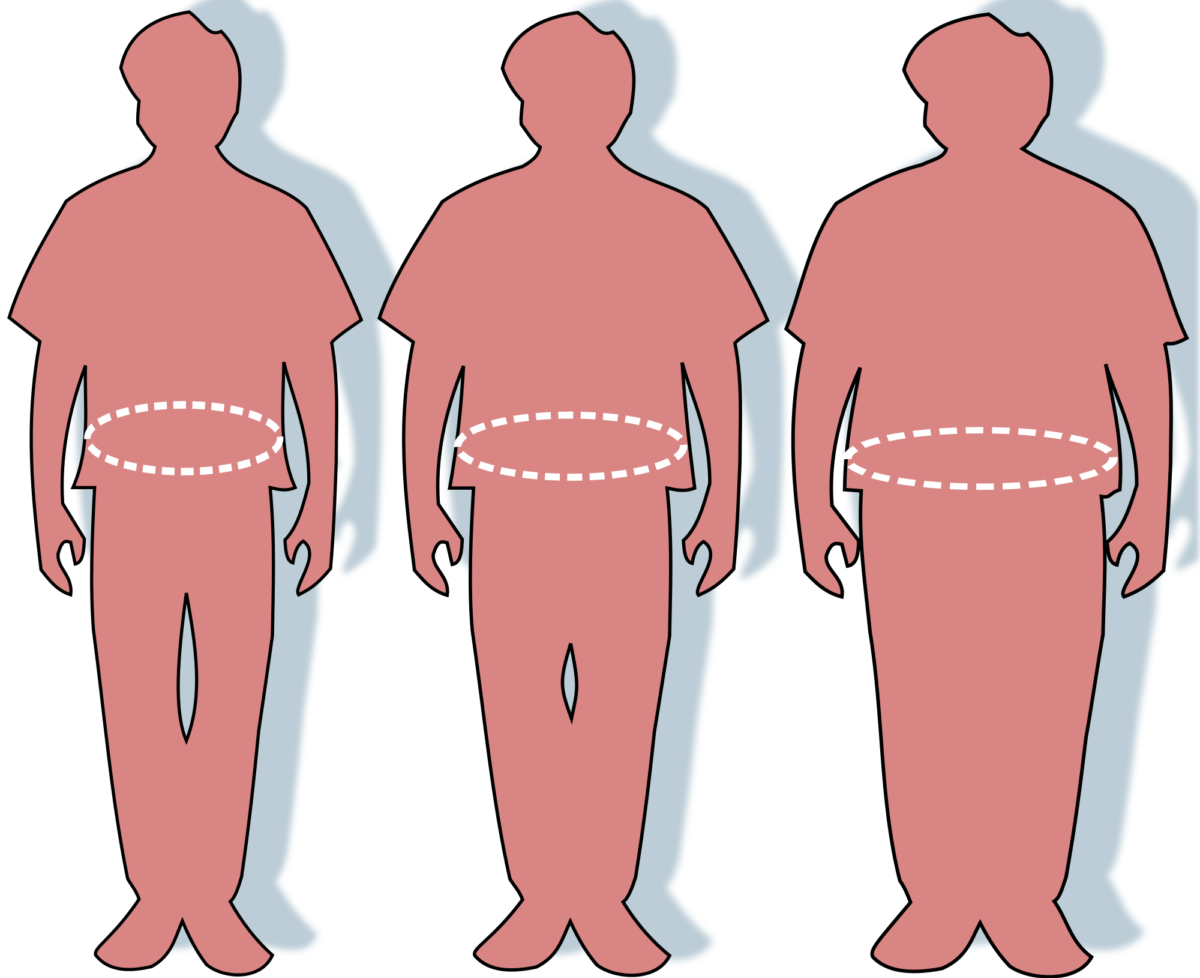Cardiology News recently announced with great enthusiasm the discovery of a “novel risk factor (1).” Reporting on a talk given at an American Heart Association conference on nutrition and metabolism by Mayo Clinic investigators, the article describes the features of a new condition earnestly named normal-weight obesity (NWO). I believe we are witnessing the early stages of fabrication of a new disease well positioned to soon reach epidemic proportions.
Defined by a body fat content greater than 20% for normal-weight men and greater than 30% for normal-weight women, NWO afflicted “more than half of individuals with a normal body mass index” in a cross-sectional study of more than 2000 individuals and “would translate into 45 million affected Americans.”
The arbitrary nature and staggering scope of the definition was not lost on the reporter but the study investigator offered a sound argument to defend the proposed criteria:
Although there is no official consensus on criteria for obesity based on body fat, “I think most physicians will agree that 20% and 30% are high,” Dr. Romero-Corral said in an interview.
The scientist then explained the grave risk imparted by this condition:
Normal-weight obesity is not a benign phenomenon, Dr. Romero-Corral stressed. After adjusting for age and race, normal-weight obese men had a 68% greater likelihood of meeting ATP-III criteria for metabolic syndrome, compared with men who had normal BMIs and normal body fat. And normal-weight obese women had nearly a threefold increased prevalence of metabolic syndrome.
The metabolic syndrome is a catchy phrase used to describe a basket of other risk factors and physical findings. It became very popular in the 1990s, even gaining ICD-9 status in 2001. It has recently come under fire but survives despite its repudiation by experts in metabolism (2).
Fortunately, we are told, there is benefit in early recognition of normal-weight obesity:
By screening for high body fat in subjects with a normal BMI, we were able to identify a subset of patients at higher risk for cardiovascular disease. This is very important because self-awareness is always the first step for behavioral modification. Most of the cardiometabolic dysregulation seen in these patients is potentially reversible through diet, physical activity, and possibly pharmacotherapy.
Steadman’s Medical Dictionary defines a risk factor as “a single characteristic statistically associated with, although not necessarily causally related to, an increased risk of morbidity or mortality (3).” As such, risk factors have meaning mostly in epidemiologic contexts and are constrained by the limitations of population studies. But in the current climate of unrelenting medicalization of life, such boundaries are virtually always ignored and risk factors are frequently conflated with their associated diseases.
Hundreds of risk factors are proposed every year and compete with each other for the limelight, but few ever make it to diagnosis status. Occasionally a risk factor will actually rise to the pantheon of accepted diagnoses. When it does, the affected individual is called a patient and an new industry is borne.
Prime examples of successful risk factors are hypertension and hypercholesterolemia. Nowadays, almost no one questions these conditions as being anything less than full-fledged diseases. After years of vigorous public awareness campaigns, they have become household names. They have their unique ICD-9 code for reimbursement by Medicare and third-party payers; they demand immediate attention or treatment; they command a vast portion of medical expenditures.
Only a handful of papers have been published on normal-weight obesity, primarily by investigators from the University of Tor Vergata in Rome, Italy (4). It is linked to no more than a smattering of other laboratory risk factors and may be better characterized as a “proto-risk factor.” But the story presented by the Mayo Clinic team has been immediately and widely picked up by the mainstream media (5) where the normal-weight obese individual has ipso facto been declared unhealthy (6).
The prospect for NWO making it to the big leagues of public health menaces is very good.
——————————————
References:
1. Jancin, B. Normal-weight obesity: a novel risk factor. Cardiology News. May 2008.
2. Kahn R, Buse J, Ferrannini E, Stern M. The Metabolic Syndrome: Time for a Critical Appraisal. Diabetes Care. 28:2289-2304. September 2005.
3. Stedman’s Medical Dictionary, 25th Edition. Williams and Wilkins, Baltimore, 1990
4. http://www.ncbi.nlm.nih.gov/sites/entrez?db=pubmed&orig_db=pubmed&term=%22normal-weight%20obese%22&cmd=&cmd_current=
5. http://news.google.com/archivesearch?q=%22normal-weight+obesity%22&btnG=Search&hl=en&um=1 Google News search term “normal-weight obesity” Archives 2008. Accessed April 28, 2008.
6. http://www.telegraph.co.uk/news/uknews/1583478/Fat-risk-even-if-you-are-healthy-weight.html. Accessed April 28, 2008.

Great posting.
Dr.Romero-Corral tries to correlate this new alleged risk factor to be a risk factor itself for a certain set of other factors ( i.e. one definition of metabolic syndrome) which collectively apparently constitute a risk factor for heart disease and diabetes. So we have a risk factor for a risk factor.
It just gets better all the time and with all that risk and pre-risk out there and yet the deaths from heart disease continue to fall.
Proto-risk factor is insightful term. I am reminded of pre-hypertension and Dr. Thomas Giles’s remark is that we are all “pre-dead” (being alive is a risk factor for that)